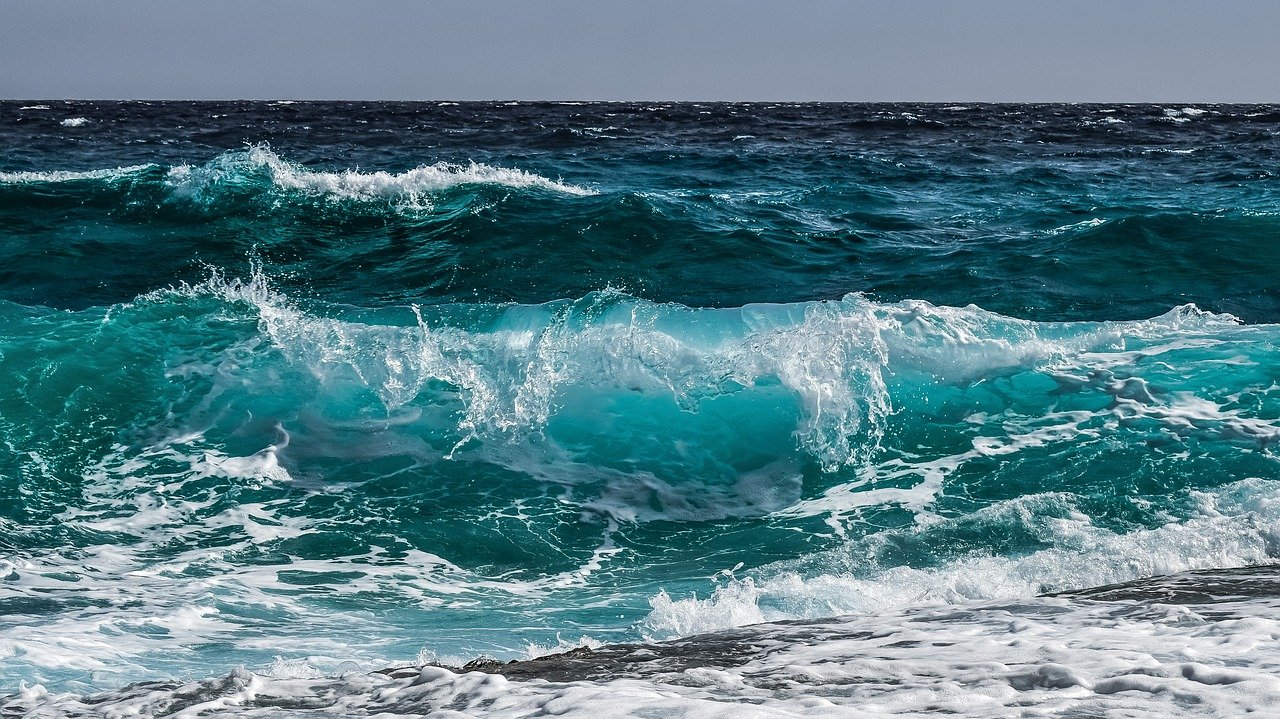
Over the past decade, the field of marine habitat restoration in Europe has grown significantly. This is a result of both our increased awareness of the extent of the degradation of marine habitats – including native oyster reefs, saltmarshes, seagrasses and kelp – and our knowledge of just how valuable these habitats are.
The UK Government’s 25 Year Environment Plan commits to ‘securing clean, healthy, productive and biologically diverse seas and oceans’, while European directives
(for example, Natura 2000) recognise seagrass beds as
a priority habitat. There are two different approaches to restoring marine habitats: reducing pressure on systems to enable natural recovery or taking positive action to restore marine habitats and species. This handbook provides practical guidance on the latter. Nevertheless, it recognises the importance of reducing human impacts to increase the likelihood of active restoration success.
The production of this handbook was commissioned by the Environment Agency, as part of the cross-agency Restoring Meadows, Marsh and Reef (ReMeMaRe) initiative. ReMeMaRe’s vision is to restore estuarine and coastal habitats that benefit people and nature, and it aims to restore at least 15% of priority habitats along the English coast by 2043, in line with the timeframe of the 25 Year Environment Plan. This also supports the goals of the UN Decade on Ecosystem Restoration.
This handbook is part of a quartet of restoration guidelines consisting of those developed for saltmarsh and native oyster habitats, and for the restoration of coastal habitats using dredged sediments.
